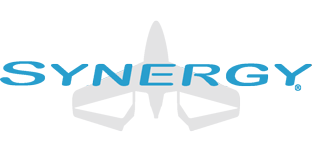Interference drag occurs when the interaction between objects moving through a three dimensional volume creates unfavorable pressure and velocity distributions, resulting in turbulence. The amount of turbulence that can be created at intersections between wing and fuselage, and wing and winglet, for example, can be surprisingly high. Knowledgeable reviewers of the Synergy conceptual design (shown in early work without a wing fillet) are therefore quick to point this out.
However, shaping these elements is a critical design task. Rather than blindly implement the usual wisdom, which oversimplifies, we strive to work the problem parametrically in 3-D. This approach eventually yields a superior result, without compromising wing placement, or detracting from the propulsive potential of the fuselage in pressure thrust. Due to a nearly ideal volumetric displacement and laminar flow, we also have a more tolerant condition than meets the eye.
Early on, wing-fuselage interference was intended to be captured for cooling. Later optimizations allowed a cooling thrust design, so a preliminary fillet was designed around high-recovery pressure thrust attributes. This feature will be highly refined for the final product.
With continuity of higher pressures on one side of the airfoils and continuity of low pressures on the other, Synergy doesn’t create the kind of conditions that cause ‘interference drag’ (which is really just a catch-all term for unanticipated turbulence.) The intersection of our airfoils is also optimized to provide minimal shed vortices, which is likewise a symptom of discontinuity. Our approach goes beyond a blended winglet design in favor of a temporally optimized volumetric displacement, a true 4-D solution.
Categories:

